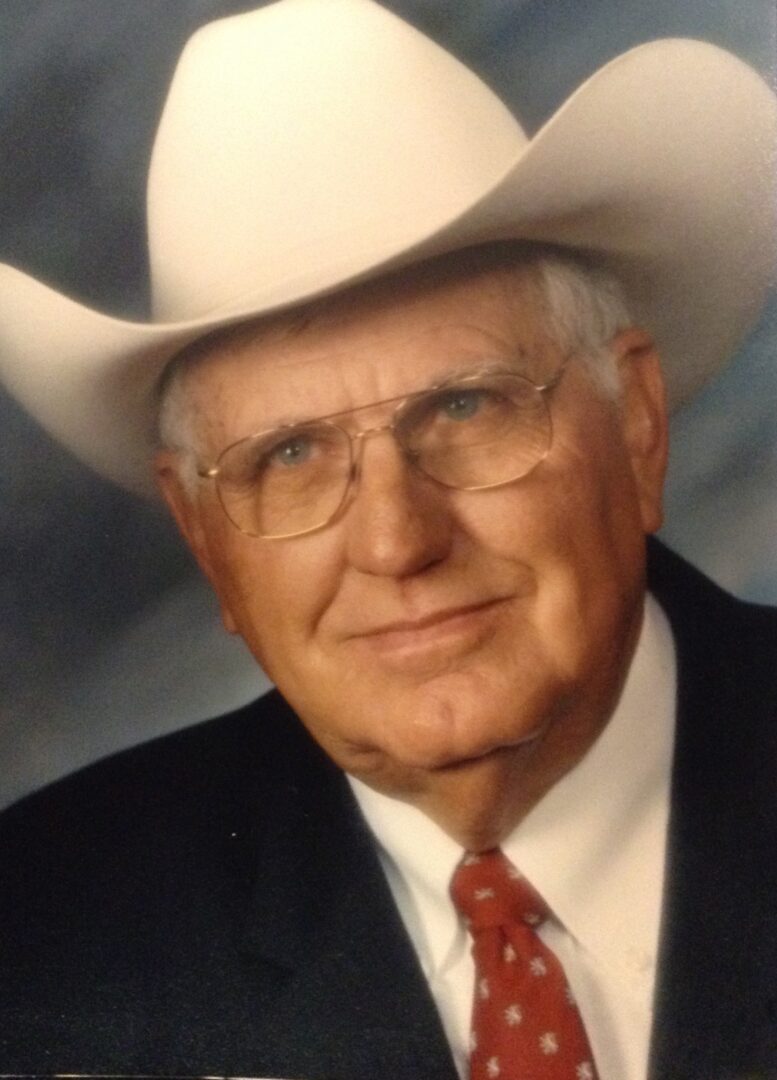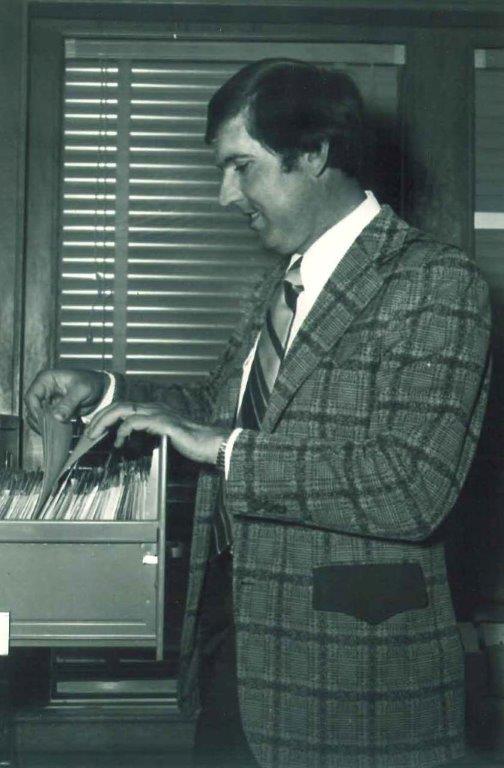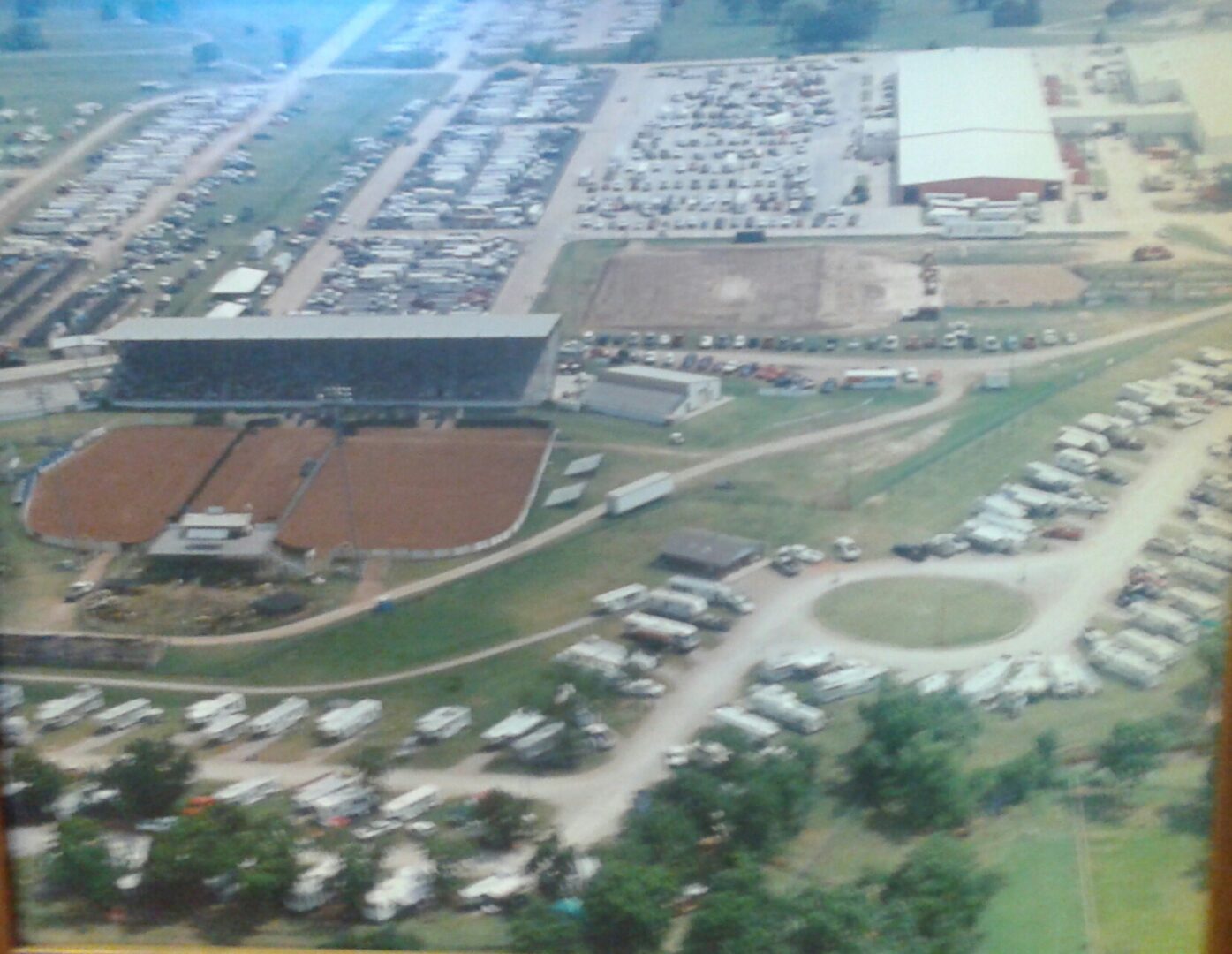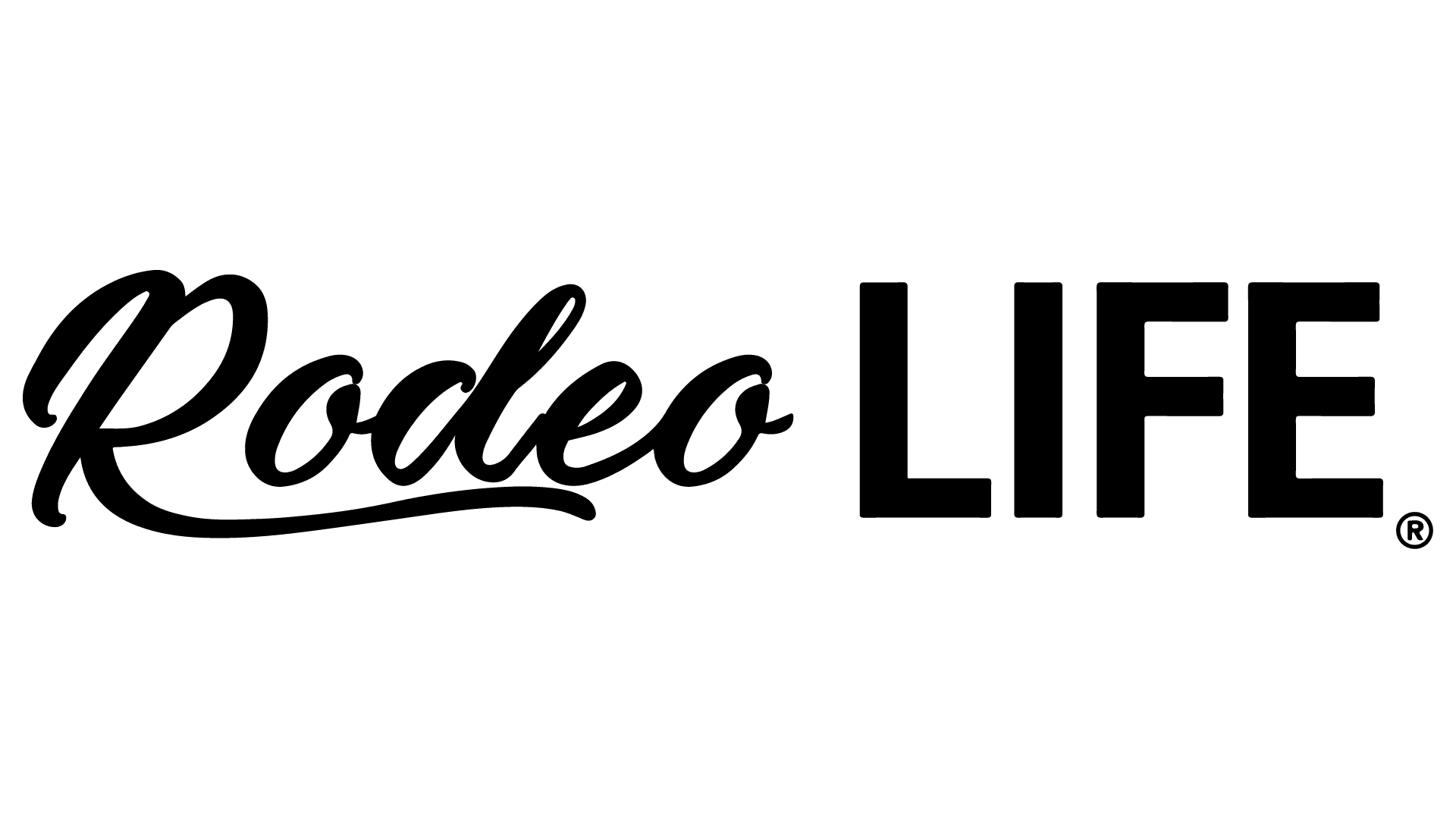It was the allure of rodeo life that drew Ken Etchieson to the sport.
“I started out just like anybody else. I always had a love and a desire for the sport, enjoyed the people,” Ken said.
He had an uncle who roped, and though he played other sports in high school, Ken was always aware of what it meant to be an athlete in rodeo because he grew up around the cattle industry.

Ken Etchieson
Naturally, Ken set out to ride bulls at first, but quickly found he was better behind a microphone than a bull rope.
Ken explained he didn’t have the talent to compete, but clearly, his love of the sport was just as great as any of the athletes’.
“All I could do was talk about it, and therefore, the opportunity came quite by accident to start announcing rodeos through the miniature rodeo association.”
This was back in the early 1960s, and starting with the very youngest in the sport made sense to the also green beginning announcer.
“I figured to get somewhere I needed to start with a group of young people. I had a great affection for them as far as watching them develop, and away we went. I grew up with those kids literally from behind the microphone. So as they matured and went on, so did I.”
This led to an in-depth and varied career in rodeo for Ken, who has been a staple of the International Professional Rodeo Association since its inception. He’s a gold card holder number 5383.
Given his start with the youngest competitors in rodeo, it was only natural that one of his greatest successes later in life would also involve young people. Ken is a founder and creator of the International Finals Youth Rodeo.
Leading up to this was Ken’s longtime work announcing professional rodeo.

Ken Etchieson
“I started announcing a lot of rodeos, and I chased my own gold buckle like a lot of the guys chasing a world championship title. I wanted to go to the finals, and I did, and I got my buckle, but along the way I got involved in a lot of different aspects of rodeo,” said Ken. He announced IFR6, as well as worked as a producer and served as the business manager at the IPRA headquarters from 1973 to 1975.
Rodeo was magic to Ken.
“There was a uniqueness of the era in the ‘70s, the days of Bobby DelVecchio, and Rob McDonald and Dan Dailey. All of those guys I grew up with, and there was a mystique, a wonderment, about them, the way they cooperated with each other and anted up in a truck and traveled. I was envious of that in a way, but I could still tell about it. I could tell about the relationship and try to expand that knowledge to people out there that weren’t aware of what being a real cowboy was all about,” he said and added, “It wasn’t necessarily about riding a horse or roping a calf. It’s an attitude. It’s a culture. It’s a way of life.”
That way of life afforded Ken the opportunity to travel and see a lot of different event facilities at fairgrounds around the country. That experience, coupled with his work back home in the construction field, equipped Ken with the tools needed to create a successful expo center in Shawnee, Oklahoma.
“In order to build the expo in Shawnee the way we wanted it, we needed something big, we needed something to happen.”
That “something big” was the National High School Finals Rodeo, which Ken and his team began pursuing in 1985.
“We went after that with a dream, and through their goodness and the efforts of our community, we built the expo center with the sport of rodeo in mind,” he said.
The impact of the event was good for the community, but the fact that the NHSFR did not have a permanent home and rotated locations every three years, made that impact a temporary one. Ken was already listening to the wants of contestants and parents and formulating something else in his mind, something that would become a mecca of rodeo for youth competitors.
Going off the feedback that contestants were really interested in a rodeo with a direct payout, Ken and his team started the IFYR in 1993 with the help of the IPRA.
“The IPRA became a very valuable partner, because they provided us with a means, a direction to go for personnel, stock etcetera… so there was a marriage there and through their hands-on [participation] that gave us the opportunity to be able to get contestant insurance and make things happen. [The IPRA] gave us a rule book, gave us opportunity.”
Ken did not want the IFYR to be exclusive in that resulting opportunity. He spread the obligation and reward across the rodeo world involving many stock contractors and other personnel.
“The amount of cooperation that all of those people put in to making this thing happen really contributed to its overall success,” he said.
“We didn’t have anyone in the country putting it down, because there were so many people out there trying to make it work.”
Those involved shared a bigger vision through the IFYR, Ken said.
“We let a lot of people be able to come and participate. They were coming for a cause, because they wanted to see the sport get bigger and get better, and we wanted to expose the IPRA to a lot more people.”

IFYR, Shawnee, OK
The IFYR has been a success. Ken’s goal was for the grandeur to become a pinnacle for youth rodeo contestants, and by the sheer size and excitement of the event, that goal has clearly been achieved.
Many contestants have gone on to professional rodeo success in adulthood, but just as important, they’ve become successful in many professions, from the medical field, to politics, to working in finance.
Around 2006, Ken retired to enjoy being with his family, which includes wife Betty of 51 years and three sons, Bill, Russell and Justin, as well as eight grandchildren and two great-grandchildren.
But he still stays involved in rodeo and the IP
RA, giving committee seminars and pondering ways to help continue the growth of the sport he dearly loves.
“It’s a great sport. My involvement with it over the years, the greatness of the people,” he said and added, “On an all-too-often basis I still think about [many well-known rodeo legends]. Those people were dedicated to the sport they loved, and that was the way I was. I loved the sport because of the personalities, the camaraderie, the involvement. They always had your back. They were there for each other. I had a lot of instances to see how they supported each other, and that’s really all that’s about.”









